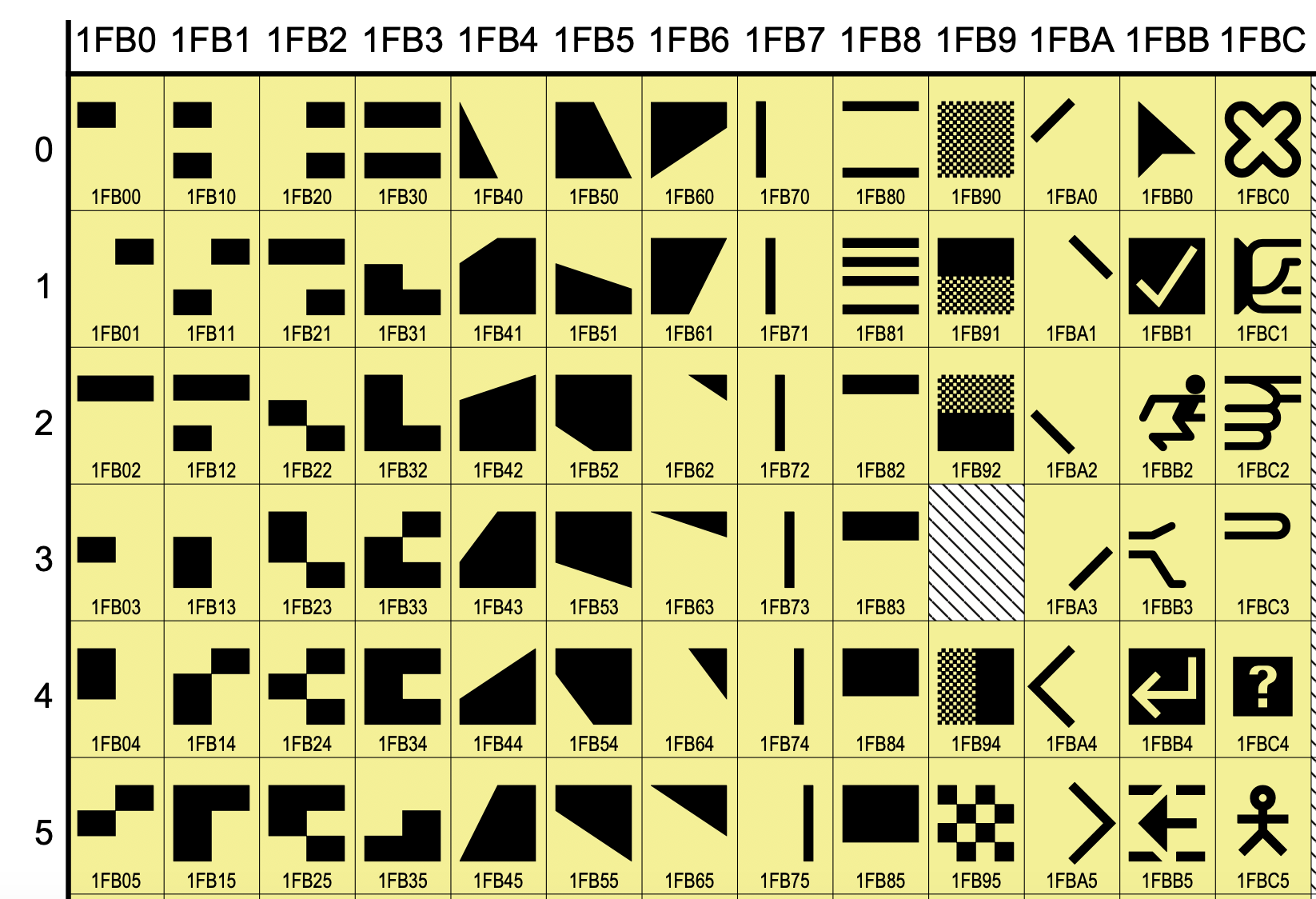

( July 2019)Īrrows are universally recognised for indicating directions. Usage An exit sign with an arrow to indicate the exit is to the left The double-headed arrow representing logical equivalence was introduced by Albrecht Becker in Die Aristotelische Theorie der Möglichkeitsschlüsse, Berlin, 1933. David Hilbert in 1922 introduced the arrow symbol representing logical implication. Use of arrow symbols in mathematical notation is still younger and develops in the first half of the 20th century. In a further abstraction of the symbol, John Richard Green's A Short History of the English People of 1874 contained maps by cartographer Emil Reich, which indicated army movements by curved lines, with solid triangular arrowheads placed intermittently along the lines. The arrow can be seen in the work of Paul Klee. Ī trend toward abstraction, in which the arrow's fletching is removed, can be observed in the mid-to-late 19th century. At about the same time, arrow symbols were used to indicate the flow of rivers in maps. The arrow is here used to illustrate the direction of the flow of water and of the water wheel's rotation. An early arrow symbol is found in an illustration of Bernard Forest de Bélidor's treatise L'architecture hydraulique, printed in France in 1737. Use of the arrow symbol does not appear to pre-date the 18th century. The convention of marking the eastern direction with a cross is older (medieval). 1504 first used the fleur-de-lis as indicating north in a compass rose The direction indicated by an arrow is the one along the length of the line or rectangle toward the single pointed end.Īn older (medieval) convention is the manicule (pointing hand, 👈). In its simplest form, an arrow is a triangle, chevron, or concave kite, usuallyĪffixed to a line segment or rectangle, and in more complex forms a representation of an actual arrow (e.g. Advertising billboards in Okazaki, Japan, featuring many different arrow symbolsĪn arrow is a graphical symbol, such as ← or →, or a pictogram, used to point or indicate direction. Without proper rendering support, you may see question marks, boxes, or other symbols. This article contains special characters.


 0 kommentar(er)
0 kommentar(er)
